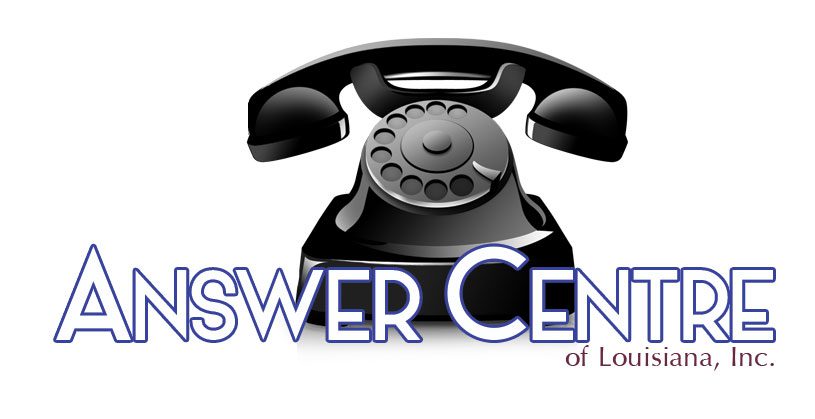If you want to stay ahead of the competition in today’s hyper-connected marketplace, excelling in customer service is no longer optional—it’s essential. Mastering strategic customer service can distinguish your brand, foster customer loyalty, and directly impact your bottom line. In this article, we will dive into the key components of strategic customer service and how businesses can leverage these elements to achieve lasting success.
Understanding Strategic Customer Service
Strategic customer service goes beyond resolving customer complaints and inquiries—it’s a cross-functional approach that integrates customer service into the overall business strategy. It involves proactive engagement, personalized interactions, and seamless experiences that align with customer expectations and business goals.
Key components of strategic customer service include:
- Customer Journey Mapping: Understanding and optimizing every touchpoint a customer has with your brand helps to create a seamless experience.
- Data-Driven Insights: Leveraging customer data to anticipate needs and personalize interactions can turn one-time buyers into loyal advocates.
- Employee Training and Empowerment: Skilled and motivated employees are crucial for delivering consistent and exceptional service.
- Technology Integration: Utilizing customer relationship management (CRM) systems and other technologies can streamline processes and enhance service delivery.
Proactive Engagement
Companies that excel in customer service don’t wait for issues to arise—they anticipate and address customer needs proactively. This might involve sending timely updates on order status, offering product suggestions based on previous purchases, or providing resources to help customers use products more effectively.
Proactive engagement not only minimizes potential frustrations but also builds trust and fosters a deeper relationship with customers. By showing that you understand and care about their needs, you can significantly enhance customer satisfaction and loyalty.
Personalized Interactions
In today’s digital age, customers expect personalized interactions. Generic responses and one-size-fits-all solutions are insufficient. Leveraging customer data to tailor interactions can greatly enhance the customer experience. This might include addressing customers by name, referencing their purchase history, and making personalized product recommendations.
Personalization can be achieved through effective use of CRM systems and customer data analytics. When done correctly, it can lead to increased customer engagement and higher conversion rates.
Employee Training and Empowerment
Your employees are the face of your brand. Ensuring they are well-trained and empowered to make decisions is crucial for delivering exceptional customer service. Comprehensive training programs should focus on product knowledge, communication skills, and problem-solving abilities.
Furthermore, empowering employees to make decisions on the spot, such as offering discounts or arranging returns without managerial approval, can lead to faster resolution of customer issues and higher customer satisfaction. Encouraging a customer-centric culture within your organization will help employees feel valued and motivated to provide the best service possible.
Technology Integration
Technology plays a vital role in modern customer service strategies. CRM systems, chatbots, and AI-powered analytics enable businesses to manage customer interactions more effectively and efficiently. These tools can help track customer history, manage inquiries, and provide data-driven insights to improve service delivery.
Investing in these technologies allows businesses to automate routine tasks, freeing up human agents to handle more complex issues. It also provides customers with multiple channels of communication, such as live chat, email, and social media, making it easier for them to get the support they need.
Measuring Success
To ensure your strategic customer service initiatives are effective, it’s essential to establish metrics and monitor performance regularly. Key performance indicators (KPIs) could include customer satisfaction scores, net promoter scores (NPS), average resolution time, and customer retention rates.
Gathering and analyzing customer feedback is also important. Regularly surveying customers and reviewing their comments can provide valuable insights into areas of improvement and highlight successful aspects of your strategy.
Conclusion
Mastering strategic customer service is a journey that requires continuous effort and adaptation. By focusing on proactive engagement, personalized interactions, employee empowerment, and technology integration, businesses can create exceptional customer experiences that drive loyalty and business success. Measuring and refining these efforts ensures your approach evolves with changing customer expectations, solidifying your brand’s reputation as a leader in customer service.


